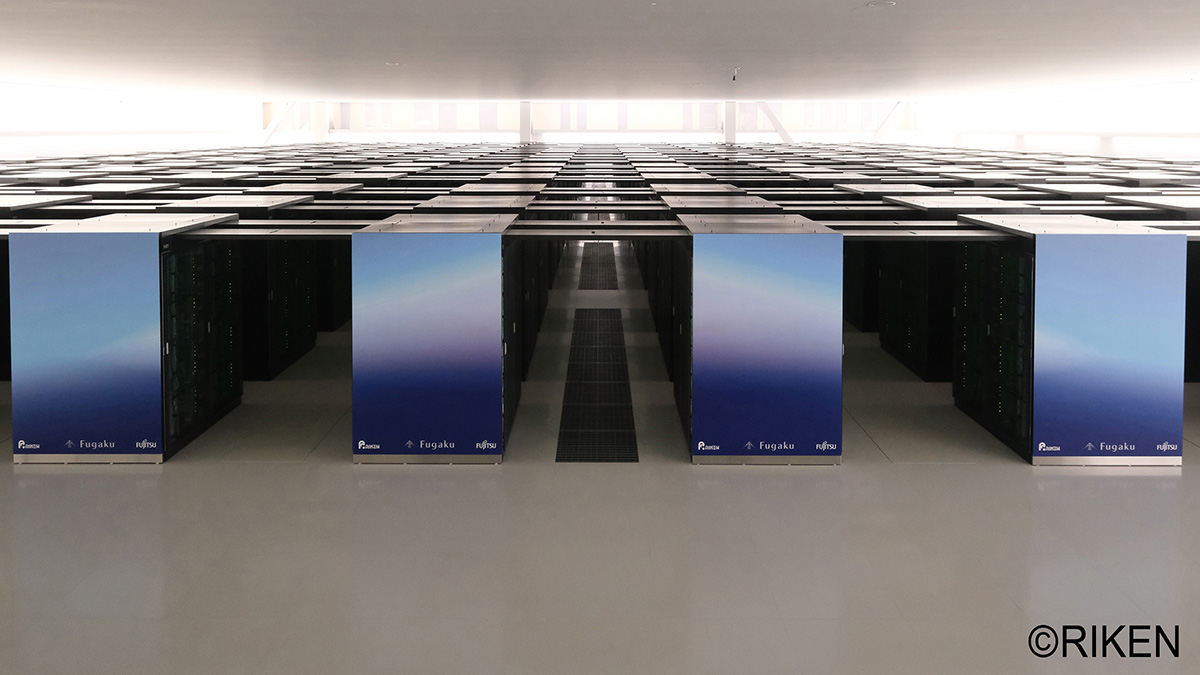Scientists have known for 400 years about a particularity in the way the Sun rotates. It took the world’s most powerful supercomputer to accurately simulate it.
hardware & infrastructure
For Venice’s Floodgates to Work, Better Forecasts Are Needed
Climate change increases massive storm surges, which may be more than Venice’s flood-control system can handle.
Atoll Seismometer Detection of Solitary Ocean Waves
Seismic recordings from the South China Sea indicate that subtle, daily tilting of shorelines due to passing internal ocean waves can be measured on land, promising new constraints on ocean dynamics.
Most Olympic Sports Not Advancing on Sustainability
World Sailing, World Athletics, World Rowing, and FIFA made the podium. Seven of the 32 summer Olympic sports federations haven’t even entered the race.
Evolving the Geodetic Infrastructure
Enhancements to the largely invisible framework will enable researchers to investigate pressing questions about our planet’s future.
Good, Soon, and Cheap – Earthquake Early Warning by Smartphone
Fixed smartphone networks can provide robust early warning of earthquakes at far lower costs than traditional scientific arrays, which is an important consideration for regions with limited resources.
Below Aging U.S. Dams, a Potential Toxic Calamity
Documents suggest that in more than 80 U.S. locations, the failure of an aging dam could flood a major toxic waste site.
A New Tool May Make Geological Microscopy Data More Accessible
PiAutoStage can automatically digitize and send microscope samples to students and researchers on the cheap and from a distance.
Ocean Sensors Record Rare Triple Tsunami near New Zealand
A new suite of DART buoys in the South Pacific Ocean spotted waves set in motion by three tsunamigenic earthquakes that occurred within hours of one another.
Development and Climate Change Contribute to a Himalayan Tragedy
Infrastructure projects like roads and dams destabilize slopes and compound the effects of glacial floods and avalanches, scientists say.










